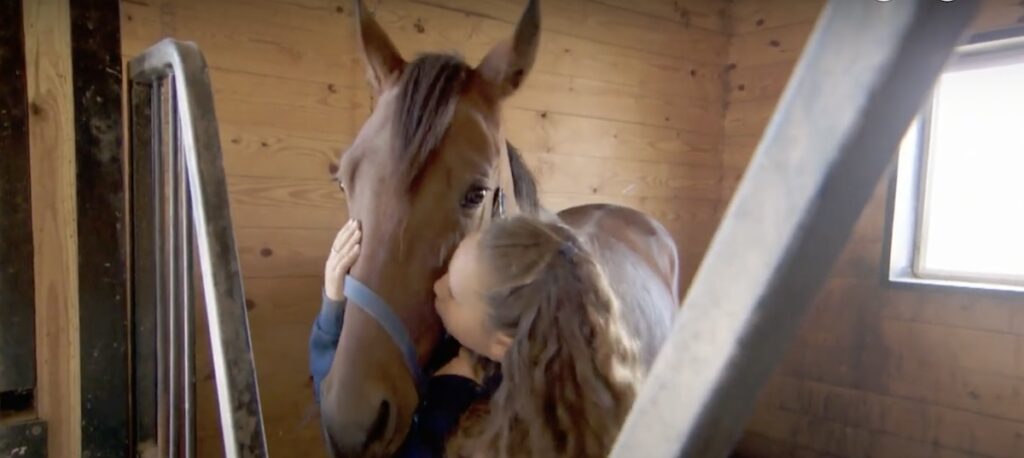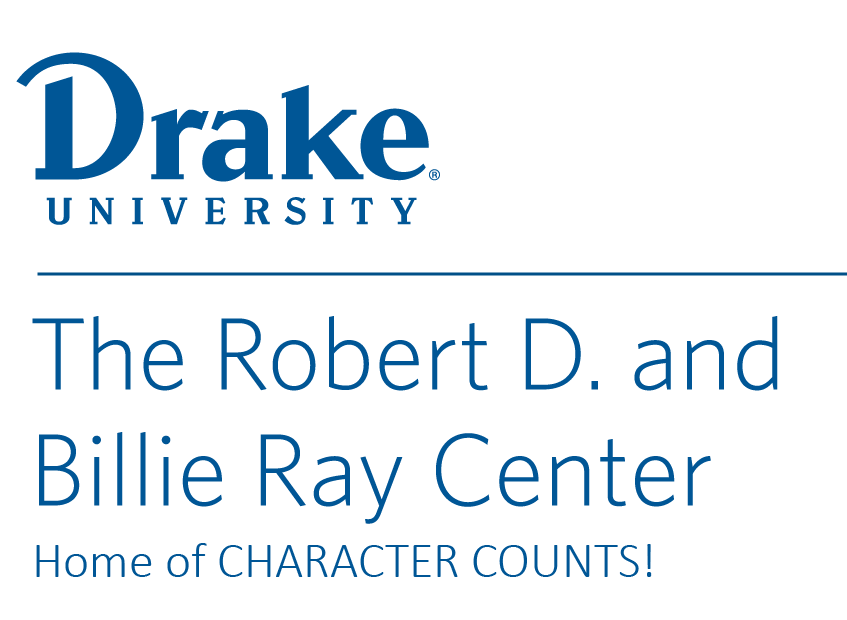
Optimism is a way of viewing the world positively. By taking an optimistic view, we have the power of positivity on our side.

Identify and understand emotions, values, attitudes, motivations, mindsets, and personal attributes.
Regulate emotions, attitudes, and actions and resist negative emotions and impulses.
Enthusiastic to understand more about themselves, others, and the world around them.
Have a growth mindset and is willing to learn from mistakes.


Students will explore the concept of optimism and how our optimism affects others.






K-5
6-12

Educators: Copy the Family Connection and email it to parents, or click here to download a PDF version to email or print.
Watch
Discuss
Use these questions to start meaningful conversations about optimism.
Activity